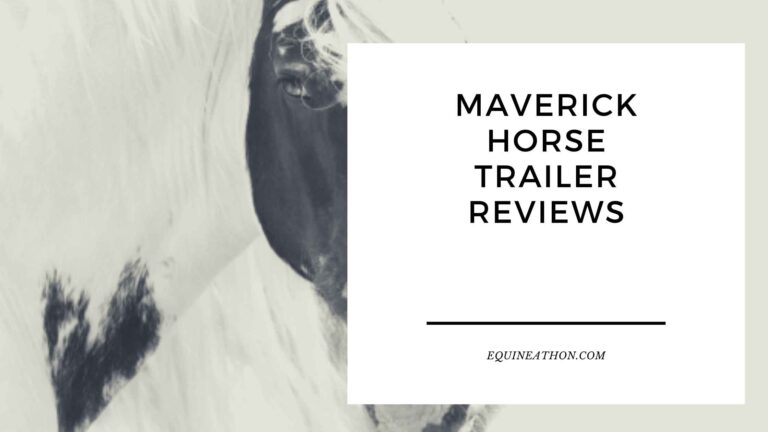Why Do People Jack Off Horses? A Deep Dive into Equine Reproductive Practices
As someone passionate about the well-being and health of animals, I’ve come across numerous practices and procedures related to horses. One particular aspect that has often raised eyebrows among those not familiar with equine management is the act of collecting semen from stallions, colloquially known as “jacking off” horses. At a glance, it might seem strange or even perverse. However, there’s a scientific rationale behind this practice, and it’s essential for several reasons.
To address the topic directly: People collect semen from stallions primarily for breeding purposes. The collected semen is then used in artificial insemination procedures, which helps in the propagation of specific horse breeds and characteristics without needing the physical presence of a stallion.
1. Breeding and Genetic Propagation One of the main reasons for semen collection is to maintain and propagate certain desirable characteristics in horse breeds. Through artificial insemination, breeders can ensure that specific traits—like speed, strength, or even temperaments—are carried forward. It also allows breeders to produce offspring from stallions and mares that may be geographically distant from each other.
2. Control Over Breeding Artificial insemination provides breeders with more control over the breeding process. Natural mating can sometimes result in injuries to either the stallion or the mare. By collecting semen and inseminating mares artificially, breeders can reduce the risks associated with the natural mating process.
3. Health and Disease Management Collecting semen allows for thorough examination under laboratory conditions. This means potential diseases or genetic conditions can be identified before breeding, ensuring that only healthy semen is used. This practice is crucial in preventing the spread of specific equine diseases.
4. Economic and Logistical Benefits Transporting horses, especially internationally, can be an expensive and logistically challenging task. By collecting and freezing semen, it can be sent globally, allowing breeders in different parts of the world to have access to the genetic material of champion or highly-valued stallions without the need to transport the horse itself.
5. Preservation of Genetics In certain cases, the genetic material of exceptional stallions is stored for use long after the horse has passed away. This allows future generations of breeders to have access to genetics that might otherwise have been lost.
6. Research and Study Semen collection is also essential for veterinary and animal husbandry research. By studying the genetic material, researchers can gain insights into equine biology, genetics, and reproductive health.
In conclusion, while the act of collecting semen from horses may seem unusual to those unfamiliar with equine practices, it plays a crucial role in breeding, disease management, and research.
It’s essential to approach this topic with an open mind and understand the scientific and practical reasons behind it. Remember, like many things in the world of animal husbandry, this practice is rooted in ensuring the health, propagation, and well-being of the species.
ALSO SEE: Best Horse Trailer Rubber Bumpers
FAQs on Equine Reproductive Practices
- Why do people collect semen from stallions?
- Primarily for breeding purposes, ensuring propagation of specific horse breeds and characteristics through artificial insemination.
- Is this practice common in the horse breeding world?
- Yes, it’s a widely accepted practice, especially among professional breeders and veterinarians.
- What benefits does artificial insemination provide over natural mating?
- It offers more control, reduces the risk of injuries during mating, and prevents the spread of certain diseases.
- Is it safer for the horses?
- Yes, natural mating can result in injuries. Artificial insemination reduces such risks.
- How does this method aid in disease management?
- Collected semen can be examined under laboratory conditions, ensuring only healthy semen is used for breeding.
- Are there economic advantages to this practice?
- Yes, by collecting and freezing semen, it can be transported internationally, eliminating the need and cost of transporting the horse itself.
- How does semen collection help in preserving genetics?
- The genetic material of exceptional stallions can be stored for use long after the horse has passed away.
- Is this method also used for research purposes?
- Absolutely. Studying the genetic material aids researchers in understanding equine biology, genetics, and reproductive health.
- How is the collected semen stored?
- It’s typically frozen and stored in controlled environments to ensure its viability.
- Can this method be used for any stallion?
- Most stallions can undergo this procedure, but a veterinarian typically evaluates them first.
- Is the semen collection process painful for the horse?
- No, it is designed to be as stress-free as possible for the stallion.
- Does every horse breeding farm practice artificial insemination?
- Not all, but many modern farms, especially larger ones, utilize this method due to its advantages.
- Is artificial insemination more successful than natural mating?
- The success rate can be comparable, but artificial insemination provides more control over the process.
- Can any mare be inseminated with the collected semen?
- Veterinarians usually assess mares for their suitability for artificial insemination.
- What traits are breeders typically looking to propagate?
- Traits like speed, strength, temperament, and others that are desirable in specific horse breeds.
- Does this practice have critics?
- Like many animal husbandry practices, it may have critics. However, it’s scientifically grounded and has many benefits for equine health and breeding.
- How long can the collected semen be stored?
- When properly stored, it can be viable for many years.
- Is the genetic material as potent after being frozen?
- If properly stored and thawed, the semen maintains its potency.
- How do researchers study the genetic material?
- They use various laboratory techniques to gain insights into equine biology, genetics, and reproductive health.
- Is this method only for elite or champion horses?
- No, while often used for highly-valued stallions, it’s a method that can be applied to any horse, depending on the breeder’s objectives.
- Can this procedure be done on a farm?
- While collection can occur on a farm, a proper facility or lab environment is often needed for semen evaluation and storage.
- Is there a specific age when stallions start or stop this procedure?
- Stallions typically begin when they reach sexual maturity, and it can continue as long as they are healthy, though older stallions might have reduced fertility.
- Does this practice affect the horse’s ability to mate naturally?
- No, collecting semen does not impede a stallion’s ability to mate naturally.
- Are there legal regulations concerning the shipping of equine semen?
- Yes, especially for international shipping, there are regulations and quarantine measures to follow.
- Do breeders prefer artificial insemination over natural methods?
- Preferences vary, but many breeders appreciate the control and advantages artificial insemination offers.
- Is the semen of one stallion used for multiple mares?
- Yes, one collection can be used to inseminate multiple mares.
- How is the health of the semen determined?
- It’s evaluated under laboratory conditions for motility, morphology, and other factors.
- Are there any risks associated with artificial insemination for mares?
- As with any procedure, there’s always some risk, but it’s minimal when performed by professionals.
- Does artificial insemination guarantee pregnancy in mares?
- No, but it provides a controlled environment that can increase the chances.
- How do breeders select which mares and stallions to pair?
- Based on genetics, health, traits, and sometimes, lineage.
- Is this practice ethical?
- When done correctly and humanely, it’s considered ethical and is in line with animal welfare standards.
- Can the collected semen be sold?
- Yes, especially from highly-valued or champion stallions, the genetic material can fetch a significant price.
- How often can a stallion undergo this procedure?
- It varies but usually not more than a few times a week.
- Are there alternatives to this method for breeding?
- Natural mating is the primary alternative, though embryo transfer is also an option in some cases.
- Is artificial insemination the future of horse breeding?
- It’s a significant part of modern breeding due to its benefits, but natural methods remain in practice.
- How has this method evolved over the years?
- With advancements in technology, the process has become more refined, with better storage and evaluation methods.
- Does the horse’s diet or health affect the quality of the semen?
- Yes, a healthy diet and optimal well-being can positively influence semen quality.
- How long does the entire process take?
- The collection is quick, but evaluation, storage, and insemination processes might extend the timeframe.
- Can any veterinarian perform artificial insemination?
- While many vets are trained in the procedure, specialists in equine reproduction are often preferred.
- Are there courses or training sessions available for this?
- Yes, many veterinary schools and equine institutes offer courses in equine reproduction and artificial insemination techniques.

